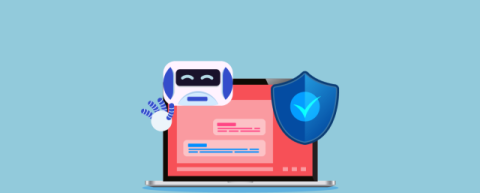Why Your Business Needs Bot Protection Solution?
Our latest application security report shows a significant rise in bot attacks, jumping from 59.4 million in Q1 2023 to 147 million in Q1 2024—a 147% increase. These automated programs can disrupt services, compromise sensitive data, and threaten the integrity of online operations. To effectively mitigate these risks, businesses must adopt a robust bot protection solution.











